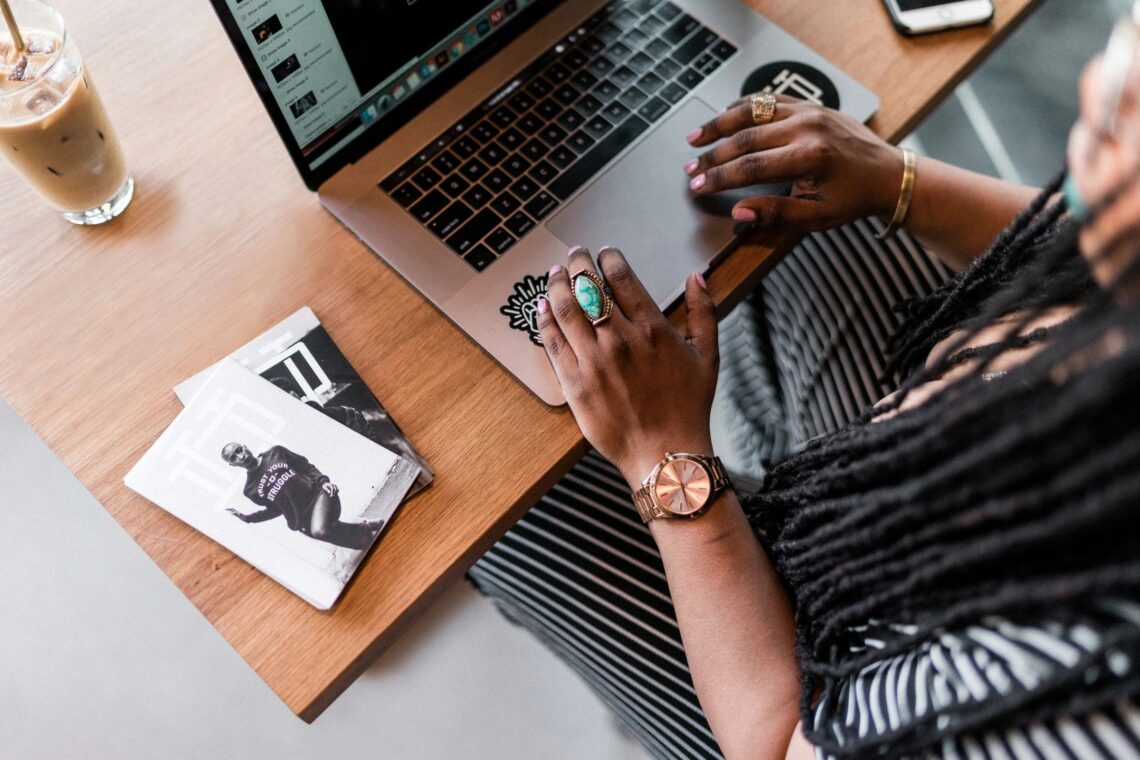
Best Ways For Creatives To Manage Income & Start Investing
Before you start making money as a creative, it’s best to get into certain habits that’ll keep your creative dream afloat. One habit is to always allocate 10% of your revenue toward taxes. This number applies to businesses in the U.S., so consult a tax professional in your country on the best percentage for you.
For the 10% example, if you make $300 on a job, be ready to allocate $30 to taxes. Set up a savings account after you’ve established a business checking account, and transfer 10% to your savings as soon as that deposit hits. As a business owner, you will either need to pay taxes quarterly or once a year. Be sure to consult a CPA or do some research to get more information.
After 10% has been put in the savings, you’ll want to account for any labor costs. Did someone help you on the job? If so, deduct their pay from the total revenue. If a person who works for you makes more than $600 in a calendar year, you’ll need to give them a 1099 form and save a signed copy for yourself.

Next, you’ll want to look at what you spent in order to complete the job, this could be apps you used like Canva or Photoshop, gas money, and food. This is important especially if you used a credit card for these purchases. You’re basically paying yourself back (or the bank) from the revenue earned.
We’re almost at the part where you allocate profit to yourself but we’re not there yet. These next parts are especially important and will set yourself up for the future!
Look at what’s left of the earnings from the job and divide that number by 3. In this example, let’s say it’s $190. That number divided by 3 comes out to about $63. Consider putting $63 into 3 buckets, as I like to call them. One bucket for savings/emergencies, one bucket for investments, and the other to pay yourself.
It’s best practice to invest in the growth of your business with the money that the business earns. When you first start out, the investments bucket mentioned above should only be spent on growing your business; that could be marketing, advertising, hiring people, paying for a mentor’s help – anything that can help the business grow.
For the savings/emergencies bucket, it’s obvious what that’s for, but it’s important to remind yourself that it’s not a “spending bucket”. You never know what life will throw at you, so literally every person should have savings that they can fall back on. Having moolah is tempting, but your future self will thank you for being wise.
Business owners, here’s information on opening a business checking account with Chase! New account holders can get a $400 bonus with qualifying activities.

Overtime, I’ve added a fourth bucket, which is Investments for myself. For you, this may be an IRA, savings certificate, or investing in the stock market. After your first year of being a business owner, if your income is greater than your expenses, consider applying for either of these investment options. Do some research and consult a parent or financial advisor you trust to help you decide on the best one.
It’s important, especially in this economy, to make your money work hard for you, so investing in a financial plan with an APY and dividends helps. An IRA, for example, can be used when you retire or for buying your first house. I know this may seem like old people stuff for the younger readers of this blog, but all this info, especially the investments part, is incredibly helpful for young people to understand.

It’ll be rewarding in years to come when you have savings to fall back on, have earned money with investments, and managed your money the smart way. When I first started, I didn’t know how to divvy up the money I made. I just saw deposits as fun money and spent it on things I didn’t need.
Don’t do what I did then. You don’t need that new handbag or to flaunt money to impress people. Creating your best life as a creative involves investing in your future.
Disclaimer:
Please consult a CPA for accurate business tax information and a financial advisor for investment advice. The writer of this blog is an entrepreneur, not a tax professional nor financial expert.
The owner of this blog is eligible for commission when a viewer opens a new business checking account with Chase Bank. The blog owner is a customer of Chase, herself. This is not a sponsored article.
Stock photos provided by WordPress.

